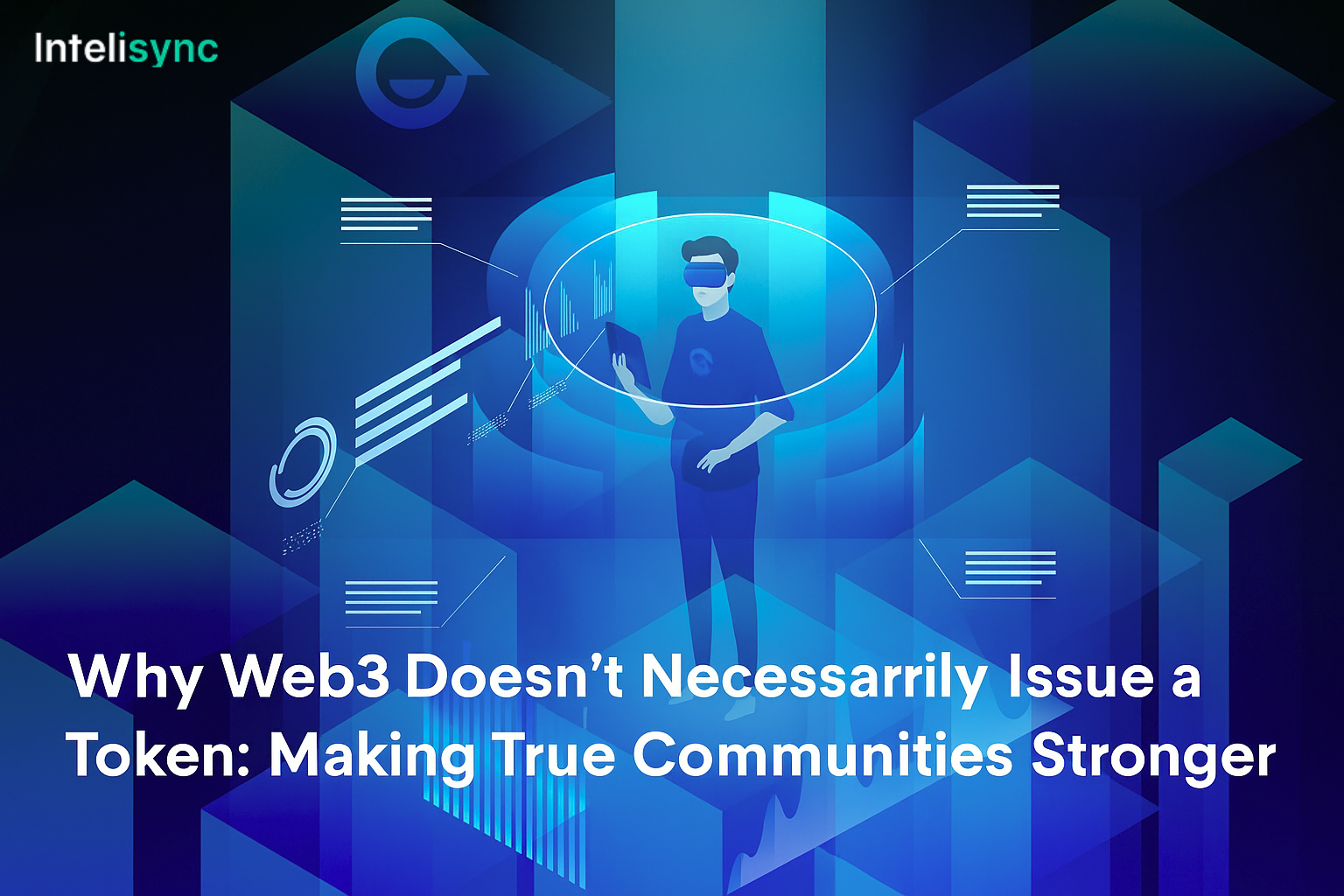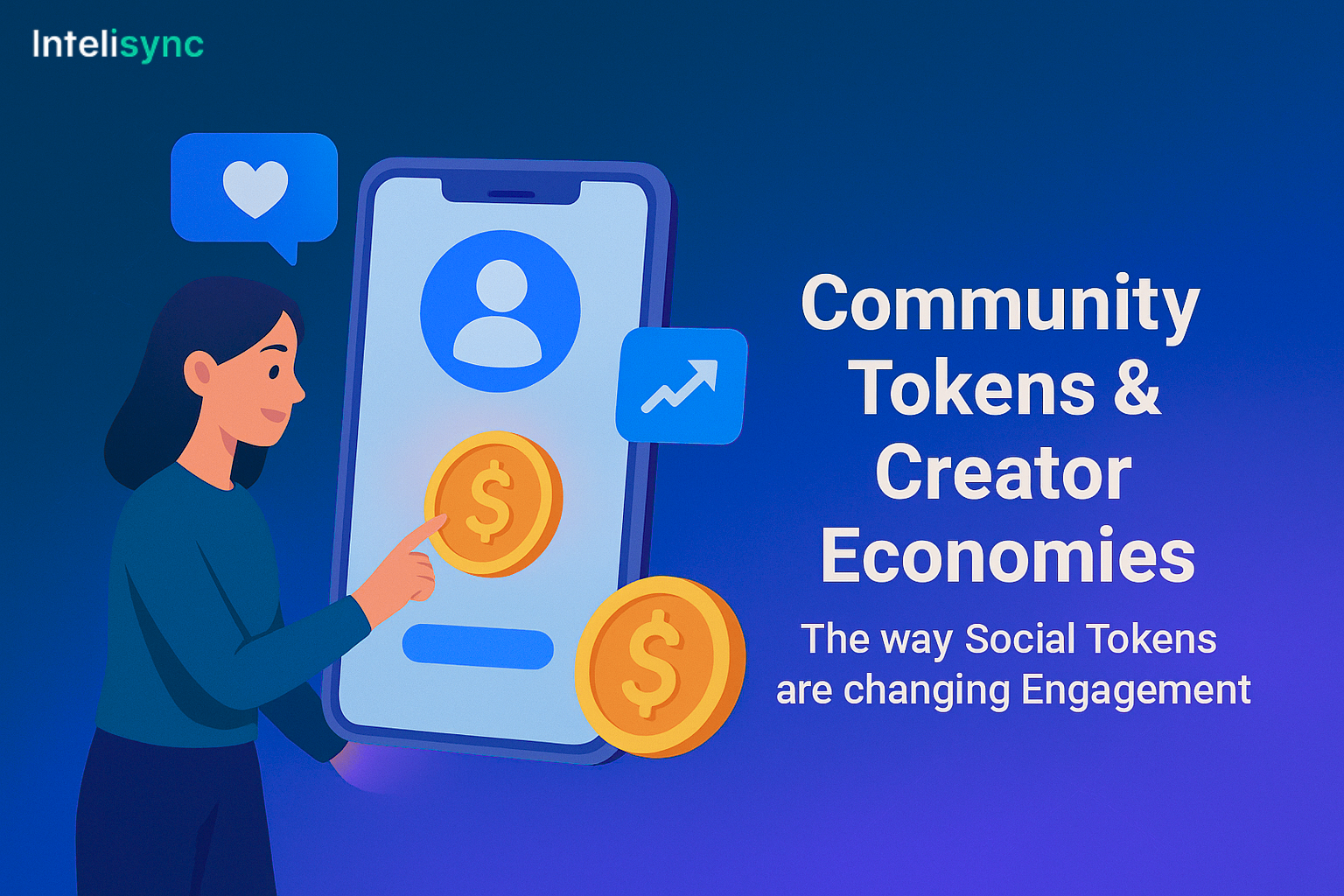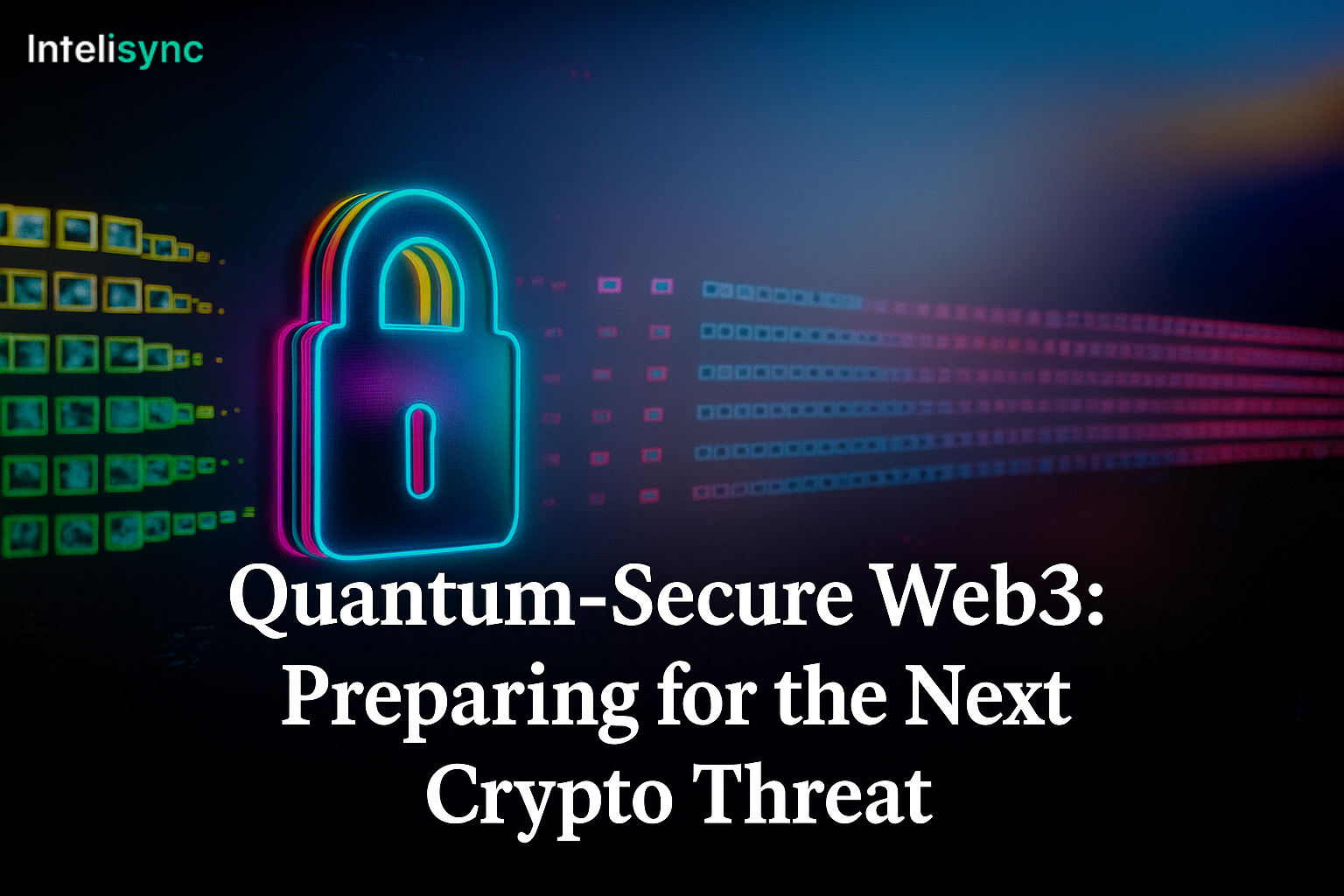In the field of blockchain and decentralized technologies, where they have migrated at an incredibly fast pace, a vibrant Web3 communities is more valuable than their code or product. Projects survive or die not only based on their tokenomics or tech but their loyal communities that stick around.
But here’s the catch, building Web3 community isn’t like making another social media following. Traditional forms of social media interaction is not sufficient. Web3 communities are based on ownership, transparency, and active participation They want to be involved in the mission, not fandom:So how does a project build a viable Web3 community where users aren’t just looking to participate in airdrops and never show up again so fast? Let’s break it down.
Why Community Matters the Most in Web3
Unlike traditional businesses, web3 projects are usually community first, product second. A community’s ability to form and maintain an active community is the key to the credibility and early-life adoption of a project.
Token economies rely on trust. While this isn’t to contradict the original question, there’s one catch: Regardless of how much you believe in what you’re selling on the stock market, because a Petro coin community will be brought down faster than a chainsaw with an upside-down handle by abandonment.
Adoption is a function of retention. Very few dapps live long without an active community.
Governance requires participants From DAOs (Decentralized Autonomous Organizations) to NFT ecosystems to DeFi platforms, people must contribute by voting, contributing, and ensuring the ecosystem survives.
In short, without the community, Web3 projects are just code on a blockchain.
Creating a Web3 people’s community
Define a Clear Mission and Vision
People don’t come together around products–they come together around missions. Your Web3 tribe must have a purpose behind it: Are you uplifting artists through NFTs? Using DeFi to solve financial access for the world? Using tokenised credits to fight carbon pollution?
Mission is powerful and converts users into believers who become evangelists.
Transparency Builds Trust
As a saying is used in web3, transparency is currency. Open-source code, transparent treasury management, active discussions that offer feedback and regular updates are keys to building credibility. Projects where members try to suppress or pass the buck simply have leaking members.
Choose the Right Platforms
Your community needs healthy places to communicate Most communities around Web3 have prospered on:
- Discord – recommended for real-time discussions, sub-channels, and governance.
- Telegram: Excellent for quick updates, supports people worldwide
- Twitter (X): Important for Web3 thought leadership updates and announcements
- Reddit & Forums: Discussions & welcome new members
- Proper BTL combinations that prevent fragmentation while maintaining engagement
- Engagement Techniques That Really Work With Web3
Reward Early Contributors
- Airdrops and token incentives are a good source of getting people in, but the incentive needs to be more meaningful for people to stay in the game. Examples include:
- Governance tokens for the contributors.
- Only available NFTs for active members.
- Whitelists for new customers at early launch releases
- The key is giving value-based contributions with presence, and not questionable presence.
Facilitate Peer-to-Peer Association
In addition to relationships from project to user, strong communities flourish when members support each other. Moderate sub-groups, local meetups and interest-based channels to grow relationships.
Gamify Engagement
Gamification is an effective training method to keep the members active. Consider:
- Most helpful member leaderboards.
- Something to do (complete tutorials, earn badges, etc).
- Perks that they get for trying out activities as well (read: community leveling schemes).
- Acknowledge Your NASA Contributors 3.4 Create Connection Points for Contribution
- Web3 users don’t want to simply observe. Linked to (Give, Offer): Tools and advancement positions
- Content creation (blogs, memes, infographics, etc).
- Community moderation and support for onboarding.Using DAOs to make decisions on a project
- Make growth a source of loyalty by giving members a stake in expansion
How Do You Get Web3 Community Members To Stay With You?
Hiring people is one thing; retaining people is the real challenge. Most Web3 communities experience enormous hype in the early stages but little in the way of long-term retention.
Deliver Consistent Value
avoid silences between launches in your community; Keep them engaged with:
- Founders AMAs + weekly updates.
- Educational material to help understand project updates
- Demos of the next features available to play with.
Educate Continuously
Newcomers tend to disappear because of the overwhelming nature of Web3. Host regular:
- Project basics – webinars or Twitter spaces about the project itself.
- Guidance on using wallets or dApps
- Approachable community channel FAQs.
- The more literate the user is, the more likely they will stay and contribute.
Onboard With Intention
Studies have shown that someone’s first 72 hours on the job often determine whether they stay with the company. Design an onboarding funnel:
- Welcome with a clear next steps communication
- Tutorial Channel to use as your starting point.
- Provide mentors or moderators to support new community members.
Balancing Incentives With Intent
If the only thing keeping people there are incentives, it will be the only thing holding your community together once incentives run out. Leverage Money Motivation Alongside Motivations like a Sense of Belonging, Recognition and Purpose
Mistakes That Kill Web3 Communities
Projects, even good ones, are susceptible to fall into the following traps:
- Overinflating, underdelivering: Nothing destroys trust more quickly.
- Disregarding feedback: Communities want to feel heard
- Hype is not enough: Viral growth without substance ends in ghost towns
- Excessive centralization – Embracing the term decentralized while operating in a top-down fashion pushes members in the opposite direction.
- Toxic environments: Unchecked FUD, in all its unappealing forms, creates spaces that don’t invite people in.
- The trick to avoiding these failures is to keep steady growth and retention.
Case Studies: The Communities That Stick
Ethereum
Ethereum community has become one of the biggest ecosystems in blockchain. Its success lies in:
Open-source collaboration.
Engaging governance and structures
A clear whitepaper: decentralized applications for everyone.
Polygon
Polygon has fostered loyalty through project and developer onboarding, incentives to contributors, and continuous update streams. Their approach demonstrates how developer-first engagement can build sustainable ecosystems in a distributed way.
ApeCoin DAO
While ApeCoin DAO started as a hype around NFTs, it has continued to garner attention by providing community members with the power to manage the future of ApeCoin through a governance token.
These cases provide evidence that long-term success is based on ownership, collaboration, and continued involvement.
The Future of Building Communities in Web3
We expect that as Web3 develops, its communities will change. Future trends include:
- AI-driven moderation for a safe and scalable dialogue
- Cross-chain communities, or ecosystems overlapping with each other rather than competing against them.
- Real-world integration – Web3 events, conferences, and DAO-driven initiatives are breaking into mainstream industries.
- Identity and Reputation Layers which incentivise long-term contributors across ecosystems.
- Projects which start to prepare for these trends today will be successful projects tomorrow.
Conclusion
If your goal is to build a Web3 community that sticks around, that’s not about hype or giveaways, it’s about purpose, ownership and value. Projects should be open-source, building safe and encouraging spaces, that reward people for contributing meaningfully, and teach people throughout the process.
A vibrant Web3 community therefore becomes more than a marketing tool but rather the backbone of growth, governance and trust. And that currency in the decentralized world is the ultimate asset.
It’s simple: If you want to grow a Web3 community in a sustainable way, our answer is to: just build with our people, not for them.







